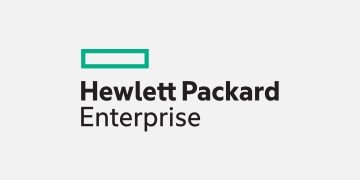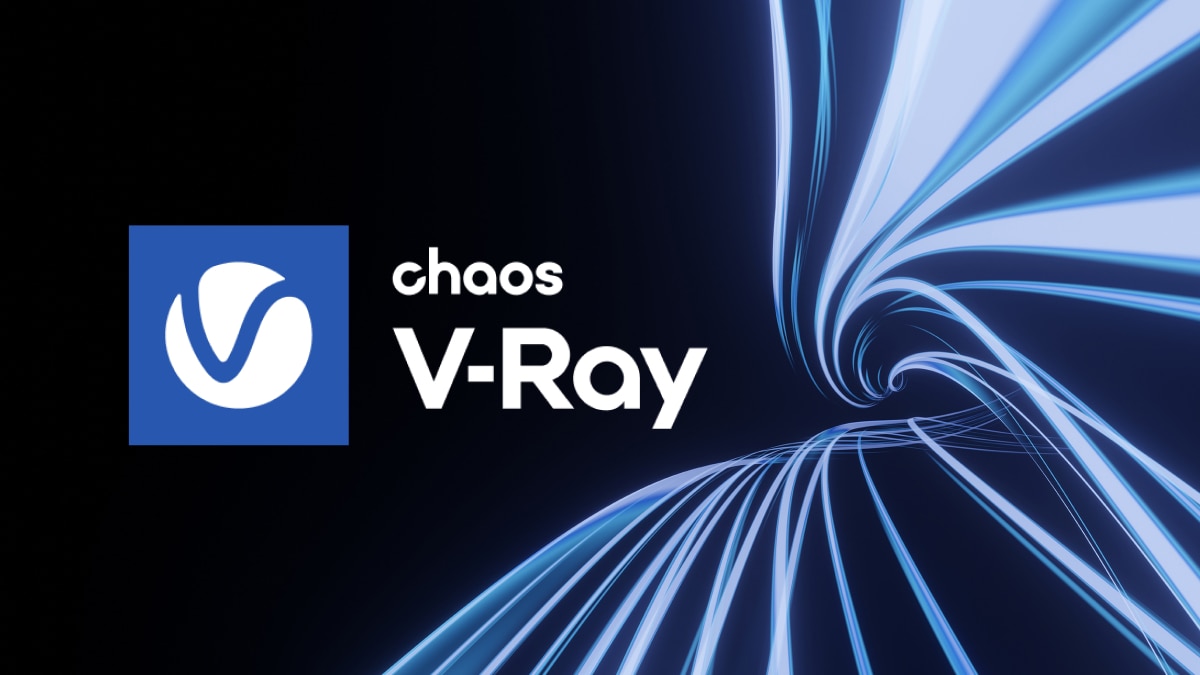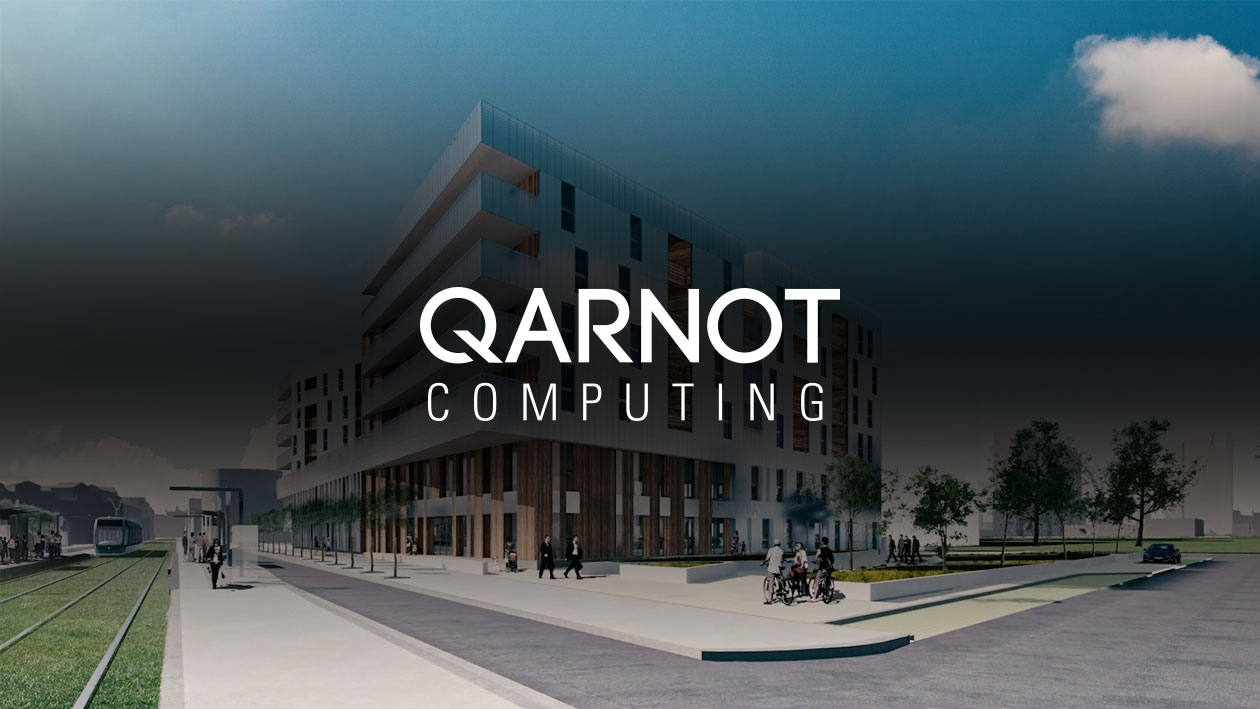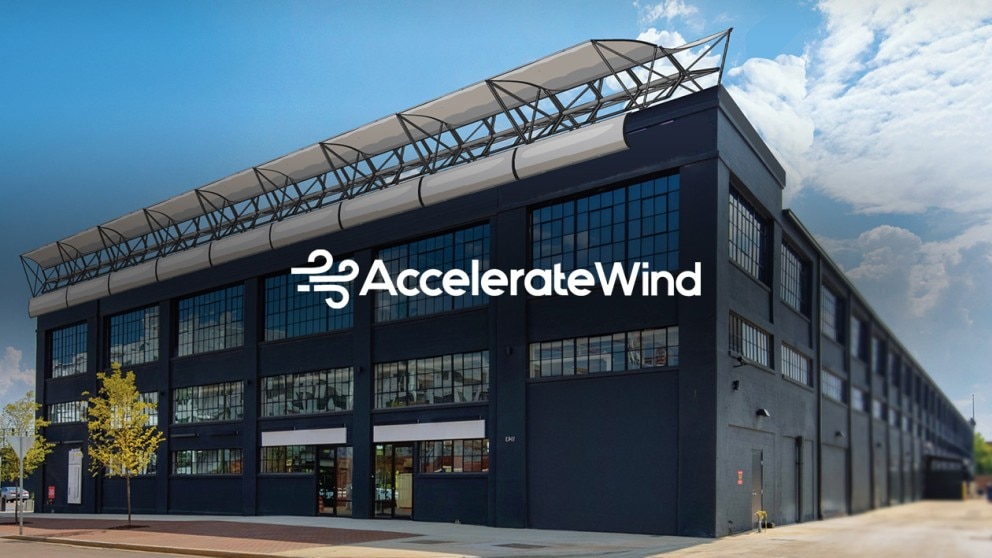ACCIONA delivers sustainable infrastructure faster with AMD
ACCIONA increased laptop, server, cloud, and workstation performance with reduced energy use for its sustainable infrastructure projects with AMD CPUs
ACCIONA has a mission—to make global infrastructure like roads, bridges, and tunnels more sustainable. But to have the greatest environmental impact, the company’s own IT infrastructure also needs to match those sustainability goals. AMD processors, both for end users and in the data center, helped ACCIONA reach its green targets, alongside major workflow benefits.
“We do everything from design and construction to operations and maintenance,” says Mark Opitz, ANZ Group Head of ICT, ACCIONA. “For the Western Harbour Tunnel Project in Sydney, Australia, for example, our revised strategy reduced emissions and use of concrete and steel by over 50 percent. We have 4,500 staff in Australia and New Zealand, making $4.2 billion in revenue, with 40,000 staff operating globally in 23 countries. The Australian group has grown substantially in the last five years. The business is diversifying too, from public infrastructure into renewable energy, including transmission.”
“Our design and construction business uses a lot of computing, requiring high-powered laptops, workstations, and servers,” says Opitz. “We use intensive digital engineering applications for our construction projects. For operations and maintenance, there are multiple assets that we operate across the country. A lot of this work is local, each with its own site. Extremely remote wind and solar farms require onsite computing and processing as well.”
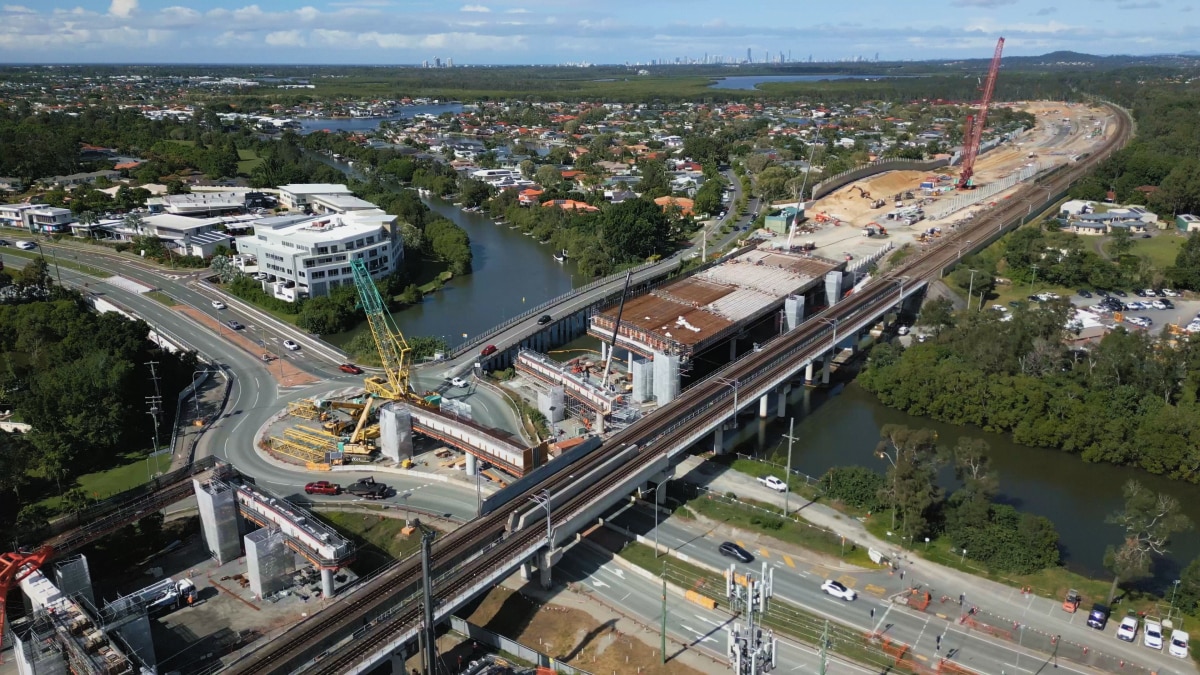
Faster performance, lower power with AMD
“All our employees are bound to computer devices for their day-to-day work,” adds Mark Roles, ANZ ICT Operations Manager, ACCIONA. “Whether their tasks are as simple as using Office 365 and Internet browsing or more complex like running 3D models, they require processing power. We have 7,500 laptops, and running a fleet of that size, we need the best equipment for the dollar.” These demands led ACCIONA towards AMD technology around three years ago. “We analyzed what we had and what AMD could bring us. We soon realized that there were a lot of advantages from using AMD over Intel, not only for PCs or laptops, but also within the server environment.”
ACCIONA performed extensive laptop testing. “We ran benchmarks against Intel 10th and 11th Generation, and also against AMD Ryzen™ 5000 Series processors,” says Marc Mendis, ANZ Cloud Services Architect, ACCIONA. “These tests included CPU-Z, custom Python scripts, Excel worksheets, and PC Mark. We saw 10 to 20 percent better performance with the HP laptops powered by AMD Ryzen 7 7840HS CPUs. But the best thing was they could run all those tests and still have the batteries only drop from 100 to 70 percent. The other laptops were down to 40 percent. The power consumption was 25 percent less per laptop, contributing to a reduction of 360 metric tons per year of CO2 emissions.”
The power efficiency of laptops powered by AMD Ryzen CPUs had significant workflow benefits for ACCIONA. “Most of our sites are very remote, so the ability for the AMD Ryzen CPU-powered laptops to run eight hours on a single charge opened up options for our remote technicians,” says Dan Cassar, ANZ End User Services Manager, ACCIONA. “There are a lot of large complex Excel solutions in infrastructure construction, and moving to AMD Ryzen processors enabled the device to process these onsite, rather than making notes on paper or a smartphone to process later.”
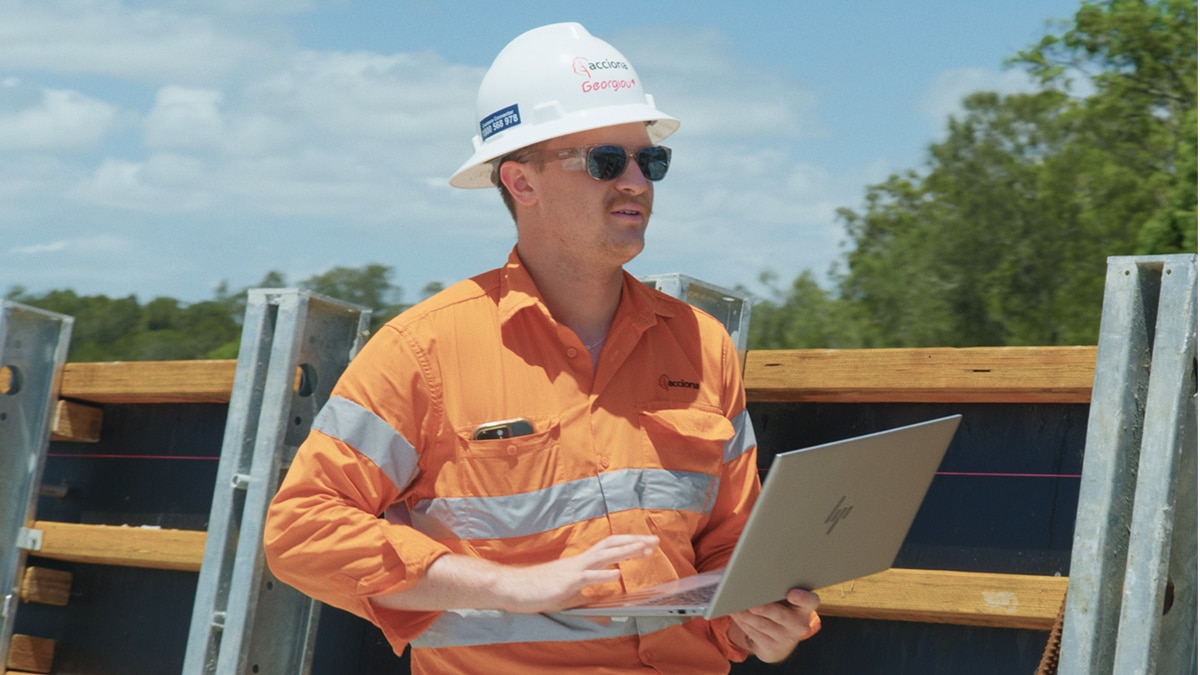
Reduced processing time, greater complexity
The performance was similarly excellent for data center infrastructure. “We got an invitation from AWS to be one of the first to test the rollout of 4th Gen AMD EPYC CPUs in the US region,” says Mendis. “We tried our most demanding workload, which is the electrical simulation software PSCAD. We had been limited to using two parallel variables and wanted to see how much further we could push. We went up to 128 variables and were amazed that we weren't getting any core-to-core latency because PSCAD is very sensitive to that. The compute platform could handle it. We also managed to cut our run time from 45 to 60 minutes down to 20.”
“The AWS AMD EPYC CPU performed better than any other previous instance type we have used,” continues Mendis. “We tested network-to-output performance using a virtual firewall. We also tested whether it could support up to 1,000 concurrent file share requests. We found it was faster than any other solution. That was with the AWS M7a instance, which uses 4th Gen AMD EPYC. Compute, network bandwidth and storage performance are the important things for cloud, and it excelled at all three. We now use 4th Gen AMD EPYC in AWS, and 3rd Gen AMD EPYC onsite.”
“Our BIM modeling team have noticed a huge improvement with wind farm simulations, too,” adds Roles. “They used to do the simulations with devices out in the field. It could potentially take them three to four years to come back with analytics data as to whether a turbine would be viable in that region. But with the simulation software running on AWS powered by AMD CPUs, they can turn that around within six months. This has really helped that business to fast track these renewable projects within Australia.”

Complete AMD digital transformation
“Many of our projects now use drones,” continues Cassar. “A drone will fly over a rail track once a week and take thousands of images. Then, Propeller software will stitch those images together. We were trying to do that with Intel-based CAD devices. They would sit for eight to 12 hours, unusable, running at 100 percent and they cost $6,000 per system. We've partnered with Allied in Australia to build bespoke AMD CPU-powered, high-end workstations, costing $12,000 to 20,000, with a mixture of 16-core AMD Ryzen 9 and AMD Ryzen Threadripper CPUs with up to 128GB RAM. We're down to about four hours and the quality of the output is a lot more reliable.”
“We also design our own electrical substations and the whole electrical delivery pipeline from the wind farm to the grid,” says Mendis. “The regulations have many requirements, especially for Australian high temperature, high humidity situations. Our design team needs to run simulations to see how every different variable and component change will impact the outcome. Before we deployed AMD Ryzen Threadripper CPUs, they could only run eight to 32 separate scenarios, taking 60 to 80 minutes on a single run. Now, they can do 64 different variables and get that done in 20 to 30 minutes. It’s four times as fast. Rather than them waiting for a couple of days for an answer, they can queue up ideas and get the answer within a day.” Energy consumption has seen massive improvements with AMD, too. “When running those simulations, we are using 50 percent less power.”
“The entire group is on a digital transformation journey,” says Opitz. “Having powerful compute that you can take with you is enhancing and empowering our digital transformation process.” ACCIONA is so satisfied that AMD technology will deliver this that the company is planning to switch over entirely. “We haven't completely replaced all our hardware across our entire fleet with AMD CPUs yet,” adds Roles. “But in the next couple of years, that will be the case. Virtually all our end user compute will be AMD, all our local servers will be AMD, and our cloud is already all AMD. We want our entire business in the Australian region to run on AMD. Do your due diligence, do a comparison, put them side by side. You will be blown away at the difference AMD processors can make. That's what we did, and we were.”
Cassar concludes: “Don’t think twice, try AMD.”
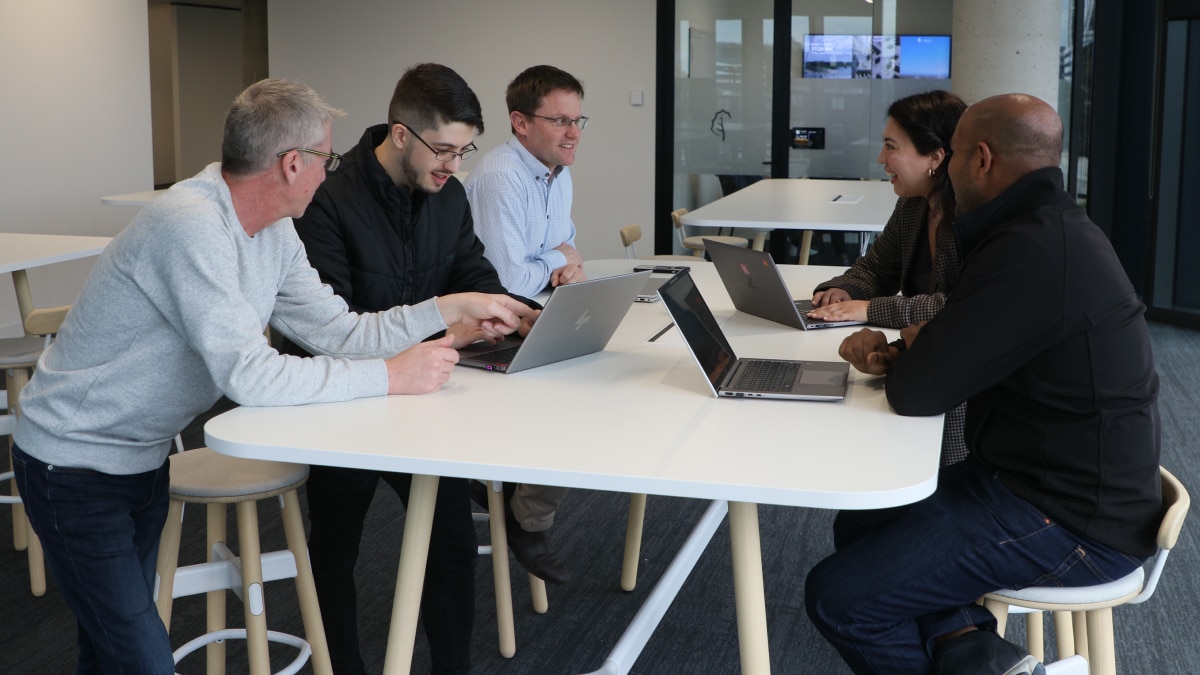
About the Customer
ACCIONA is a multinational infrastructure company with a strong focus on sustainable solutions. It specializes in renewable energy (wind, solar, hydroelectric), water management, and infrastructure development. Founded in Spain in 1974, ACCIONA is known for its commitment to environmental responsibility and has projects worldwide, with a focus on reducing greenhouse gas emissions and the protection of natural resources. It has 40,000 staff operating globally across 23 countries, with 4,500 employees in the Australia and New Zealand For more information visit acciona.com.
Case Study Profile
- Industry:
Sustainable infrastructure design, construction and maintenance - Challenges:
Digitally transform infrastructure business workflow while maintaining company sustainability goals - Solution:
Deploy HP laptops powered by AMD Ryzen™ CPUs, servers and AWS cloud instances powered by AMD EPYC™ CPUs, and workstations powered by AMD Ryzen™ 9 and AMD Ryzen™ Threadripper™ CPUs - Results:
10-20 percent faster laptops with 25 percent better power consumption; 4x better performance with power design simulation; half the time to stitch rail track survey images. - AMD Technology at a Glance:
AMD Ryzen™ 7 7840HS CPUs
AMD Ryzen™ 9 CPUs
AMD Ryzen™ Threadripper™ CPUs
3rd Gen AMD EPYC™ CPUs
4th Gen AMD EPYC™ CPUs - AMD Community Blog:
Acciona Blog Post - Technology Partners:
